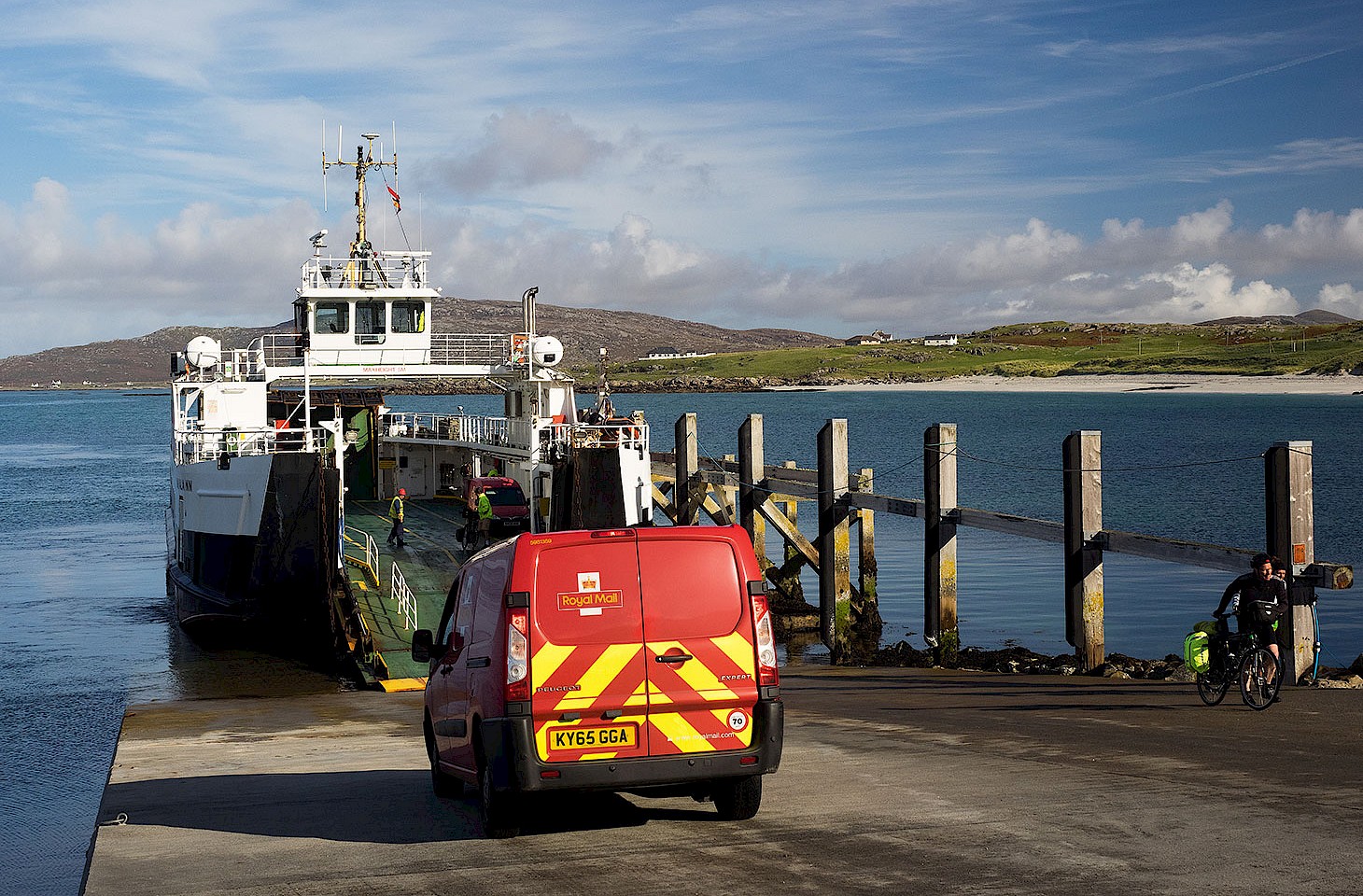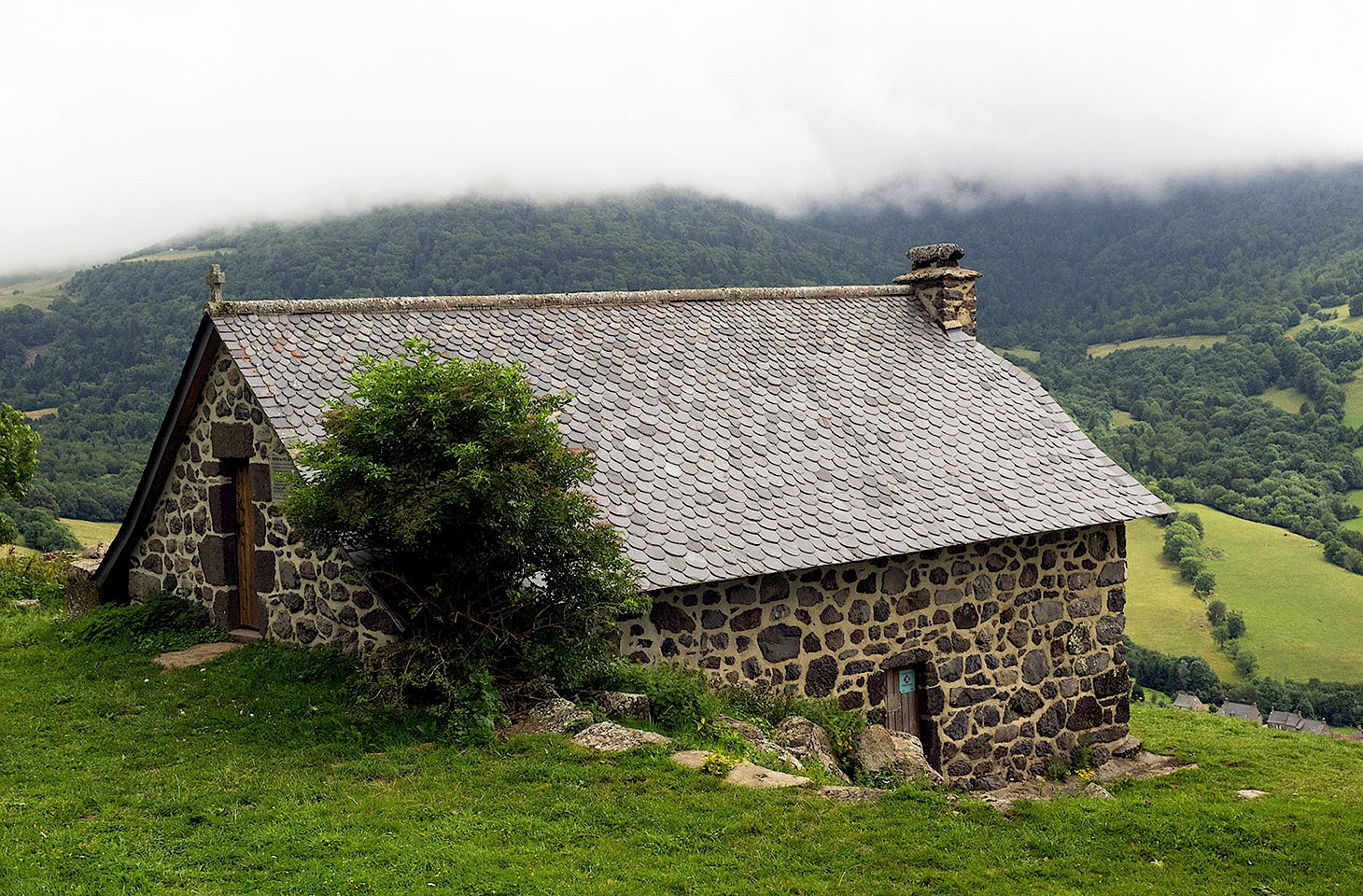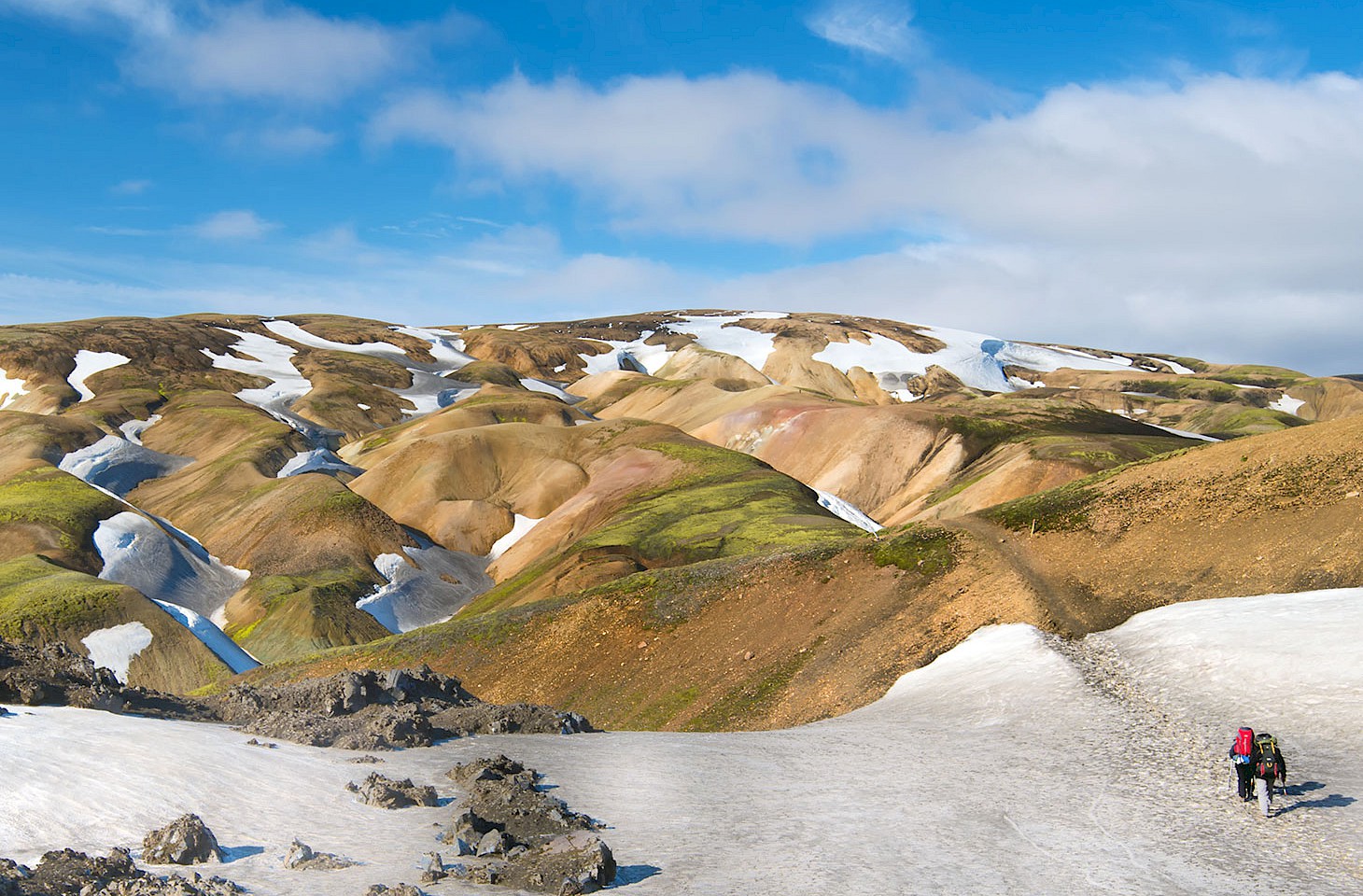From the southernmost end of Venice’s great lagoon at Chióggia down to ancient Ravenna with its glorious Byzantine mosaics there is a sweep of the Adriatic coast which has remained relatively unknown outside Italy. These are the flatlands where the sluggish River Po and other rivers which drain east from the North Italian Plain eventually reach the sea. From north to south there is first the Adige, which has its source high in the Alps. On its long journey down to the Adriatic this most stately of Italian rivers adds real character to the Verona cityscape.
Just south of the estuary of the Adige we come to the Po Delta, where a braided maze of waterways has over the centuries shifted position, leaving spits, sandbars and brackish backwaters where the low line of the horizon is broken only by myriad migrating birds. Further south, well beyond Comácchio, the River Reno reaches the sea. To many who live in the region it’s not the Reno at all, but rather the original course of the River Po. It’s often even referred to as Po di Primaro or more graphically as Po Morto di Primaro.
In short, if fluvial geomorphology can be distilled in nutshells, the delta of the Po is moving slowly north and the entire character of this coastal strip running for 85 kilometres north of Ravenna is shaped by the vicissitudes of the often lazy but sometimes ambitious waters of the River Po. If the Po Delta continues its relentless shift north, the day will eventually come when it will swallow up the lowest reaches of the Adige and, millennia hence, the waters of the Po may even end up draining into the Venetian lagoon.
It is into these melancholic flatlands that many poets and writers have ventured, among them Gianni Celati who in the early 1980s made a series of four journeys along the River Po, the last of which focused on the seaward end of the river. Celati’s book is called Verso la foce (Towards the River’s Mouth). It helped establish his reputation as the master writer-geographer of flatlands and waterscapes. He became a prime exponent of a genre today often styled as geopoetics or psycho-geography. Celati’s Po wanderings and most particu larly his seemingly random delta itineraries mark him out as a writer inspired by deserts of soli tude. But this doesn’t mean that Celati’s flatlands are devoid of human interest.




